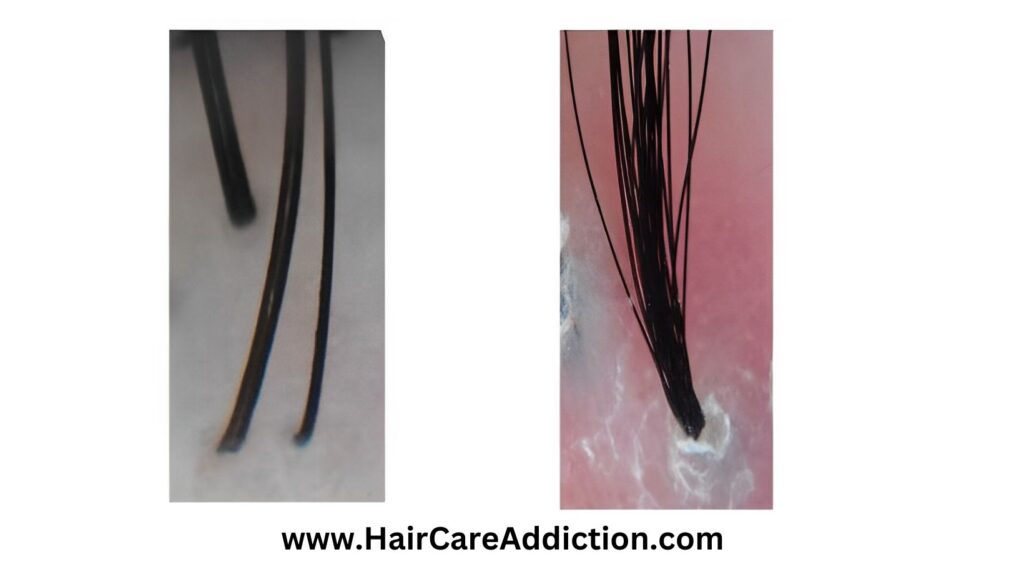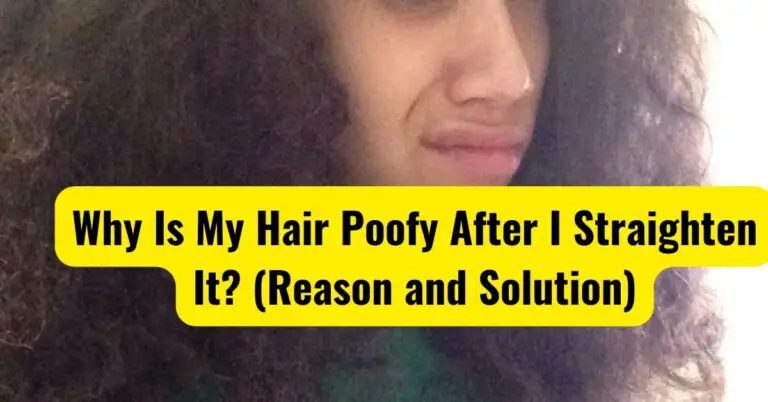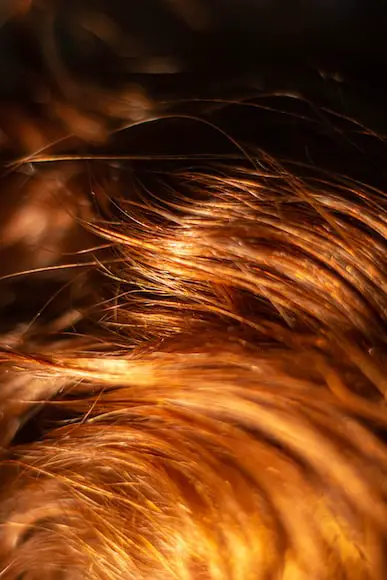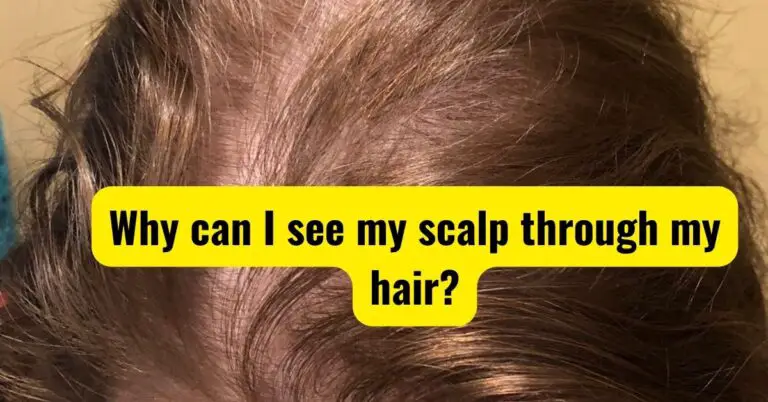Why do Multiple Hairs Grow From the Same Follicle? (Pili Multigemini)

Have you ever looked at a hair follicle and wondered, why are multiple hairs sprouting from the same follicle? You’re not alone.
This curiosity has been shared by many, and in this blog post, we aim to demystify this hair-raising topic.
Furthermore, we will provide an understanding of the underlying causes and the implications it holds for your hair health.
Why do multiple hairs grow from the same follicle

Understanding Hair Growth
Firstly, it is important to comprehend the basic mechanism of hair growth. The human body is covered in hair follicles. These follicles, essentially tiny pockets in the skin, are the cradle of hair growth.
Usually, a single hair follicle produces a single strand of hair. Yet, in some instances, multiple hairs grow from the same follicle. But why does this happen?
This phenomenon, known as Pili Multigemini, occurs when multiple hair shafts emerge from a single follicle. Usually, the shafts share the same root but split off into separate strands as they emerge.
Furthermore, these hairs tend to be coarser and thicker compared to the other hairs on your body. However, pili multigemini is not a cause for concern.
Despite its unusual occurrence, it doesn’t generally present any health risks. Yet, it can sometimes lead to problems like ingrown hairs or folliculitis.
Read Also: Reason for Loosing So Much Hair in Shower
Causes of Pili Multigemini
There is no single, definitive cause of pili multigemini. In fact, the condition appears to occur randomly. It can appear anywhere on the body where hair grows, but it is most commonly found on the face and scalp.
It is also more prevalent in males than females. Despite its random occurrence, it is believed to be linked to genetics, as it often runs in families.
Moreover, pili multigemini is often confused with a similar condition called pili bifurcati, where a single hair shaft splits into two or more segments.
The main difference is that in pili multigemini, the hairs emerge from the same follicle, whereas, in pili bifurcati, a single hair strand bifurcates into multiple strands.
Implications for Hair Health
You might be wondering, does pili multigemini have implications for your hair health?
In most cases, the answer is no. While these hairs can be coarser and may cause slight discomfort when shaving or waxing, they are not inherently harmful.
Yet, there can be instances where this condition leads to skin issues like ingrown hairs or folliculitis, a bacterial or fungal infection of the hair follicles.
These situations occur when the coarse hair curls back into the skin, causing irritation and possible infection. In such cases, it is advisable to consult with a dermatologist or a trichologist to prevent further complications.
Conclusion
In conclusion, multiple hairs growing from the same follicle, or pili multigemini, is an intriguing, yet harmless phenomenon.
Although the precise cause is unknown, it seems to have a genetic link and can lead to minor skin issues in some cases.
Therefore, understanding this phenomenon can help you better care for your hair and ensure its health. After all, a little knowledge can go a long way when it comes to personal grooming and hair care.



![Why Does Hair Grow Faster In The Summer? [Scientific Reasons]](https://haircareaddiction.com/wp-content/uploads/2023/09/why-does-hair-grow-faster-in-the-summer-768x512.jpg)


